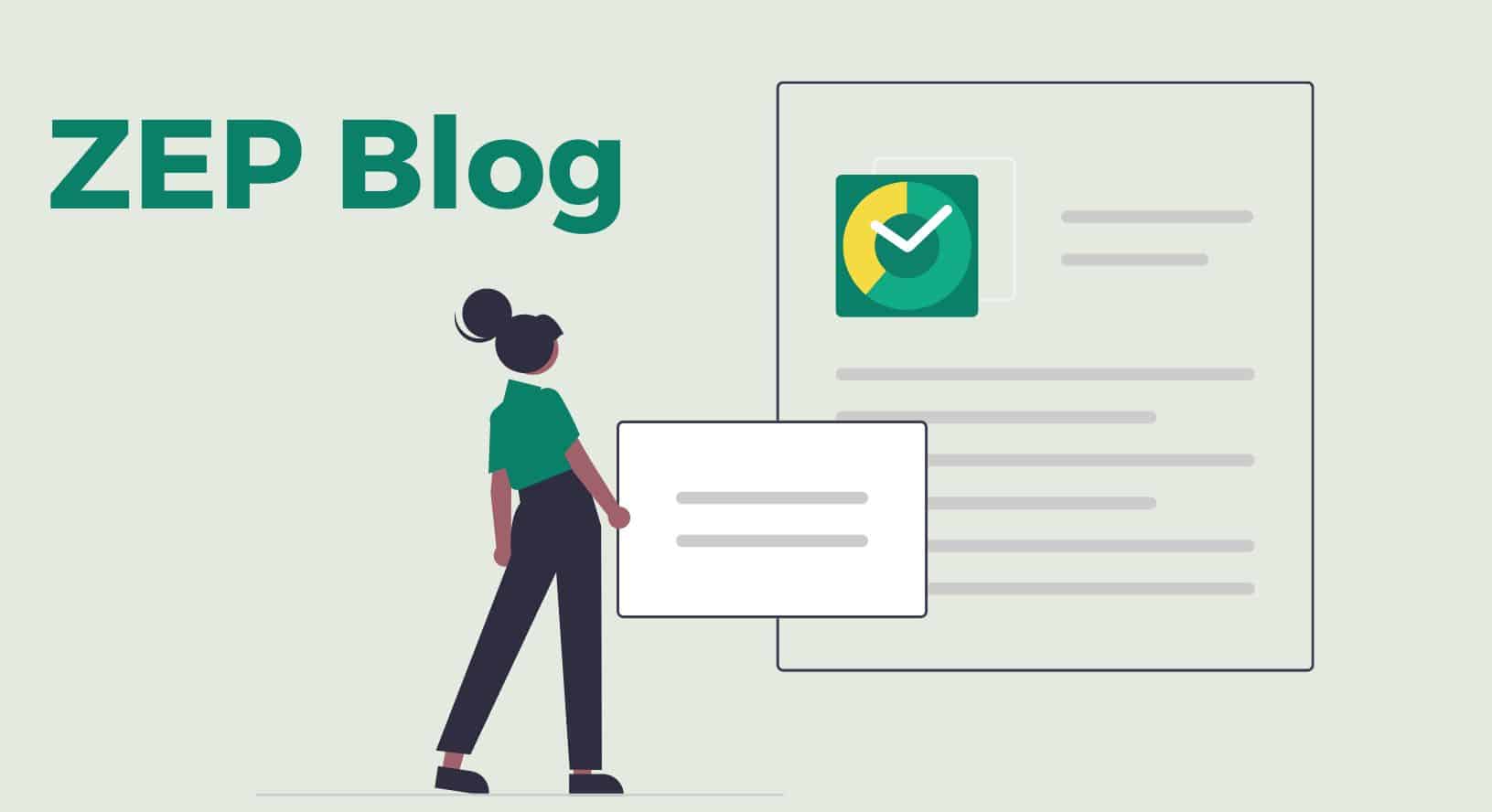With the "Freelancers" module, ZEP offers an effective alternative to time-consuming invoice checking and billing of external employees.

In many project-oriented industries such as IT, management consulting or engineering, the use of freelancers plays a central role in order to be able to complete all projects on time. However, the internal billing of external employees and the associated verification of the invoices issued by these employees is usually very time-consuming. With the "freelancers" module and the credit note billing procedure it contains, ZEP offers a much simpler and therefore more effective alternative.
Instead of using the freelancer's expense report exclusively for invoice verification, it can be generated and paid directly as a credit note in the ZEP module. The freelancer does not even have to create an invoice, and the time-consuming invoice verification is completely eliminated for the client.
The following brief introduction to the ZEP Module "Freelancers and Independent Workers provides an overview of the most important steps in using the module in practice.
Analogous to the invoices created with ZEP, a corresponding stationery can also be assigned for the credit notes issued to the freelancer. For this reason, the corresponding category in the ZEP administration interface is also called "Stationery for invoice/credit note".
In the next step, the freelancer is created. In the "Employees" section of ZEP, it is possible to create a freelancer and a freelance employee in addition to a permanent employee under "Employee data". freelancers with credit to create.
If this option is selected, ZEP automatically suggests that no expense report is created for the employee in future, but a credit note. If a tick is also placed in the box "Additional meal expenses", these will also be taken into account in the credit notes.
After that, ZEP determines the internal hourly or daily rate that the freelancer receives when working for the company.
In the "Credit note settings" window, further data and parameters important for the credit note, such as VAT rate or currency in which the freelancer receives his credit notes, can then be entered. In addition, predefined text fields can be inserted for the text above and below the individual settlement items.
As soon as the freelancer has been created with credit as described above, he can record his project times. This applies to the pure working hours in the project as well as the travel to and from the project workplace. Both the distance and the type of travel (car, train, etc.) can be entered. In the following example, travel to and from the project by car (200 km) and six hours of project work on site were recorded.
Based on the recorded working hours, the ZEP module "Freelancers" then creates the corresponding credit note at the push of a button and automatically takes into account the previously defined parameters (hourly rate, travel expenses, additional subsistence expenses, etc.).
In this example, ZEP takes into account both the costs incurred for travel to and from the project (mileage allowance), the costs incurred for the project activity according to internal hourly/daily rates and the additional meal expenses charged for the absence.
Once all the data has been entered, the ZEP module can then directly generate the corresponding credit note on the letterhead specified at the beginning and send it to the freelancer.
In addition to the summary, the freelancer also receives another detailed overview of his or her project activities.
Once the credit note has been created, all data - analogous to traditional cost accounting - is locked in the time recording and can no longer be changed. This also applies to any receipts entered in the time recording.
Is there a connection from ZEP to the financial accounting - either to the ZEP Billing Module or via interface to an external solution - this credit is of course automatically taken over.
Conclusion: With the ZEP Module "Freelancers and Independent Workers eliminates the tedious and time-consuming process of checking the invoices and receipts submitted by the freelancer.
A video tutorial on the ZEP module "Freelancers" is available in the ZEP YouTube Channel available.


Read article ↗

How can you strengthen your employer brand and attract the best talent? Discover 11 effective employer branding measures that will help you stand out from the competition and optimise your recruitment strategy.
Read article ↗
We answer your questions quickly & competently. Contact us by phone or email.
+49 7156 43623-0 or contact form